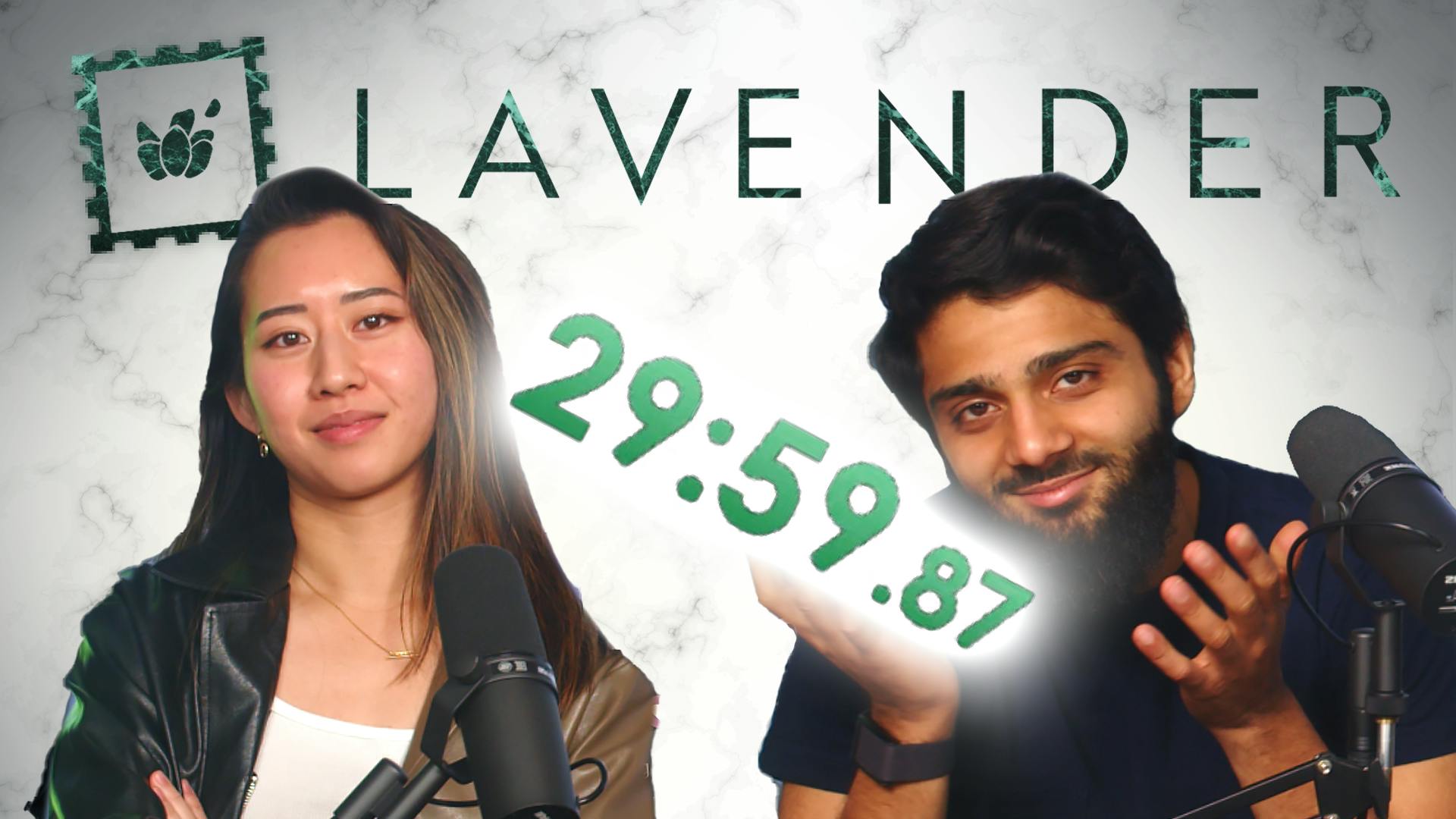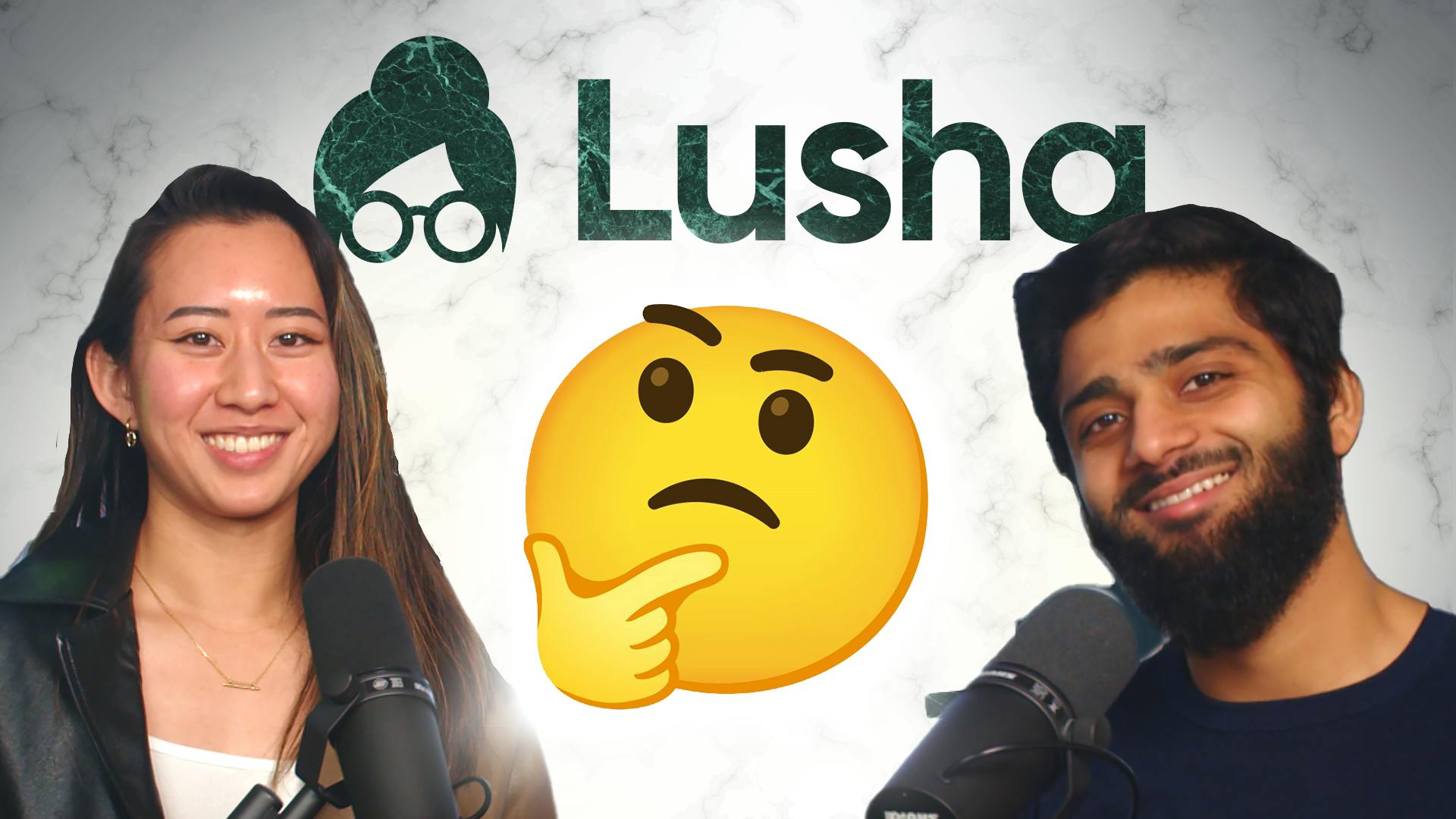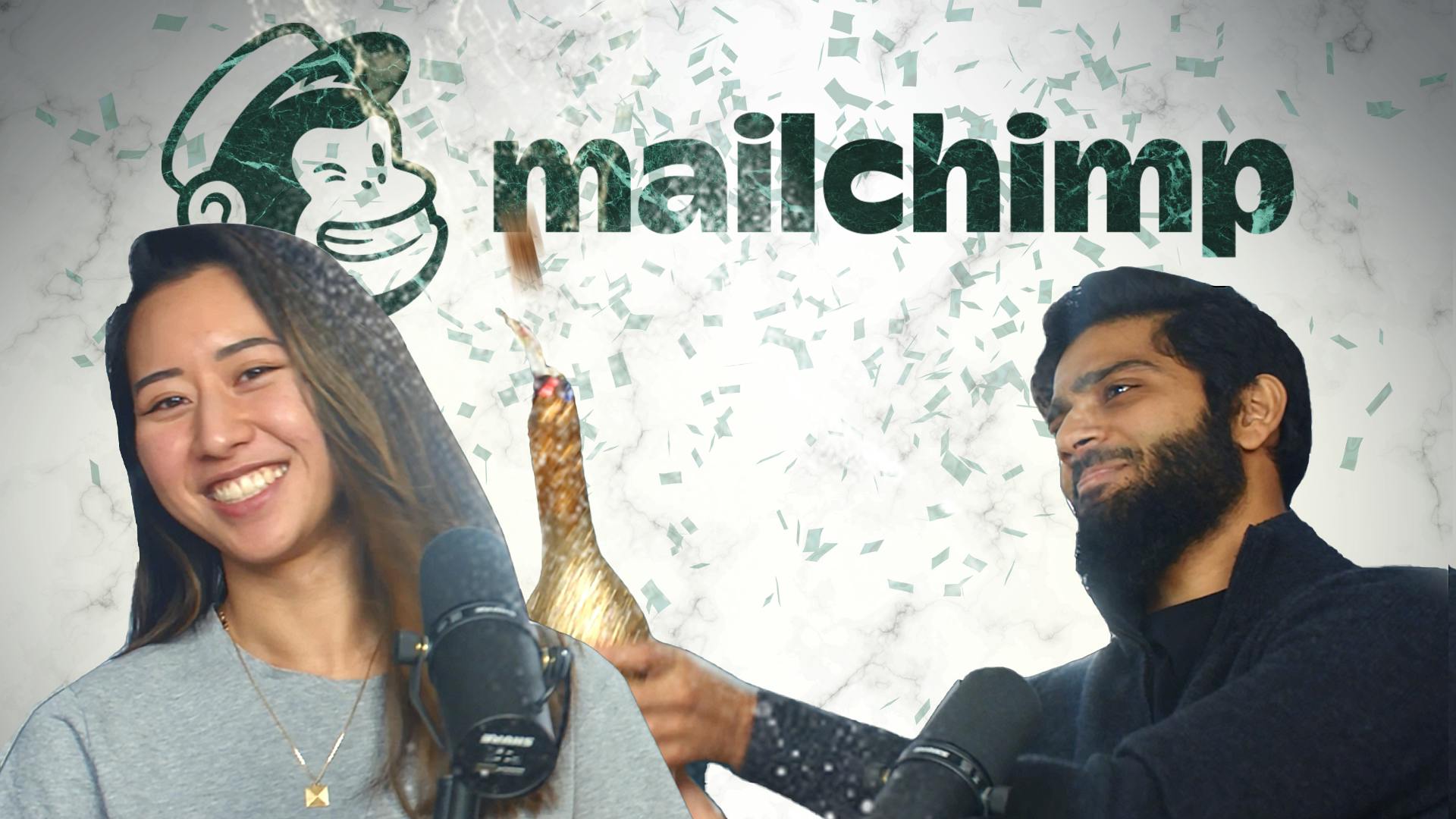
Miro's Cancellation Flow Isn't As Good As Their Product
Miro
Miro was founded in 2011 and is a visual collaboration tool that's used by nearly 50 million people. Plans range from completely free to $16 per user per month. We love Miro over here at Paddle, but their cancellation flow could definitely use some work. So today we're gonna dive into the things that they're doing well and some of the things they're doing not so well to save their customers before they reach their churning point.
Quick Hits
- Be specific with your tactics: Just as in the first episode featuring Lavender, Miro, despite leveraging the principle of loss aversion when a user cancels their subscription, falls short by not being specific about the potential losses, missing an opportunity to make the loss more tangible and potentially prevent the cancellation.
- Survey design is crucial: Rephrasing the cost-related question to focus on perceived value could yield more insightful responses, and expanding the currently too concise three-question survey to five or six questions could offer a better understanding of the reasons for cancellation without overburdening the user.
- Focus on your reactivation experience: The post-cancellation reactivation email, with its excessive text, cumbersome "learn more" link, and multiple CTAs without an easily accessible reactivation option, exemplifies a flawed cancellation experience, emphasizing the need for businesses to optimize the entire customer journey, including post-cancellation and reactivation stages, for a consistently pleasant user experience.
Takeaways
Be specific with your tactics
Miro requires a considerable upfront investment from its users, including the creation of boards and projects and promoting team usage. When a user decides to cancel their subscription, Miro alerts them to the potential losses they'll face, leveraging the principle of loss aversion - the human tendency to prefer avoiding losses over acquiring equivalent gains.
However, the critique is that Miro's loss aversion tactics could be more effective if they were more specific. Rather than vaguely indicating losses, Miro could provide exact details of what the user stands to lose. For example, how many projects will be cancelled, the number of boards they will lose, and other potential losses associated with cancelling their subscription. This level of detail could make the loss more tangible and potentially dissuade users from cancelling their subscription.
Survey design is crucial
A primary point of critique is the phrasing of the survey question related to cost. The current phrasing implies that users are leaving because of the expense, which is asserted to be a less common reason than perceived lack of value. We suggest that rewording this option to 'didn't see the value' would elicit more insightful responses about the real reasons behind subscription cancellations.
Lastly, the brevity of Miro's survey is discussed. While many surveys tend to be lengthy and risk causing customer fatigue, Miro's approach of only asking three questions is considered too concise. The author suggests that increasing the number of questions to five or six could provide a more comprehensive understanding of the user's reasons for cancellation without overly burdening the respondent.
Focus on your reactivation experience
The email sent out after you cancel your subscription contains excessive text, making it hard for users to quickly identify key information. A specific issue is the inclusion of a "learn more" link, which is a cumbersome step for users.
Additionally, the email contains multiple calls to action (CTAs), but lacks a straightforward, easily accessible button or link that allows users to reactivate their subscriptions with minimal effort. This further impedes users' ability to quickly and easily return to the service.
The cancellation experience extends beyond the moment a customer decides to cancel their subscription. Businesses need to carefully consider and optimize the entire customer journey, including the post-cancellation and potential reactivation stages, to ensure a consistently pleasant experience for their customers.
Make sure you email us at churningpoint@paddle.com or hit up Neel and Allissa to tell us who you want us to break down next.
Do us a favor?
Part of the way we measure success is by seeing if our content is shareable. If you got value from this episode and write up, we'd appreciate a share on Twitter or LinkedIn.
00:00:00:01 - 00:00:23:10
Allissa
There's no actual button or anything that will link me to a way to easily reactivate my subscription. And that's a problem.
00:00:23:12 - 00:00:32:06
Neel
Hey everyone, welcome to another episode in the season finale of Churning Point, a show where we sign up for products just to see what it's like to cancel them. I’m Neel Desai.
00:00:32:10 - 00:00:32:23
Allissa
I'm Allissa Chan
00:00:33:08 - 00:00:45:07
Neel
And today we're breaking apart. Miro. Miro was founded in 2011 and is a visual collaboration tool that's used by nearly 50 million people. Plans range from completely free to $16 per user per month.
00:00:45:09 - 00:01:03:23
Allissa
We love Miro over here at Paddle. I literally couldn't imagine my day to day without them, but their cancellation flow could definitely use some work. So today we're going to dive into the things that they're doing well and some of the things they're doing not so well to save their customers before they reach their Churning point.
00:01:04:01 - 00:01:35:22
Neel
When a customer tries to cancel, you have 18 seconds to try and save them. Now, we're not suggesting you hold your customers hostage, but the tactics that we cover provides the right amount of friction to try and save these vital customers before they reach their Churning point. First up, the user experience of actually canceling. Now, I hate that we're ending this last episode with something we probably brought up on the very first episode.
00:01:36:00 - 00:01:39:17
Allissa
Make sure that your loss aversion tactics are specific to the user as possible.
00:01:39:22 - 00:01:57:13
Neel
Miro tries to lean into this concept of loss aversion. Now, Miros are a good example of a tool that requires a lot of investment upfront to actually build out your boards, your projects, and get a lot of other team members using your tool with you. Now, Miro tries to do a good job of pointing out all the things that you're going to lose if you actually cancel.
00:01:57:18 - 00:02:15:20
Neel
But where Miro falls short is being specific in the types of things that you actually lose, right? If I'm a customer of Miro that's canceling tomorrow, Miro could inflict a lot more attention by telling me how many projects that are going to get canceled, how many boards I'm going to lose, and what else will I miss out on if I actually cancel my subscription?
00:02:15:22 - 00:02:44:22
Allissa
Okay. Now moving on to the cancellation survey. First up, the top of the survey says that my subscription is being canceled. I don't really know what that means. Like a little bit too vague. Furthermore, I think this is a really good opportunity to talk about how important survey design is in general. I think offering the option of saying it costs too much, it's kind of not the best survey method here when it comes to figuring out why your users are canceling, because nine times out of ten, I guarantee people aren't leaving because they think it's too expensive or because they can't afford it.
00:02:45:00 - 00:02:56:02
Allissa
But really because they just don't see the value. So even rewording that from it costs you much to didn't see the value could start to make your users give more insightful feedback for why they're actually trying to leave.
00:02:56:03 - 00:03:11:08
Neel
I think this is a good example of a survey maybe being too concise. We typically see surveys going the opposite direction, asking the customer like a dozen questions, but Miro only asks three and you probably can go up to five or six questions comfortably before they experience too much fatigue.
00:03:11:13 - 00:03:29:13
Allissa
Now, following our cancellation, we do get this reactivation email, which first of all is way too much tax. Like, can you think of any bigger nightmare than having to click a learn more link in an email? Furthermore, there's a bunch of CTAs and there's no actual button or anything that will link me to a way to easily reactivate my subscription.
00:03:29:15 - 00:03:32:10
Allissa
And that's a problem.
00:03:32:12 - 00:03:53:15
Neel
All right, so let's recap. Number one, loss aversion is great, but isn't going to be impactful if you don't build enough tension with specifics. Number two, the survey was a good start, but could be a lot more thorough. Survey design is crucial, and even if you're just offering a basic multiple choice question, be thoughtful in how you word the questions and the number of questions you offer.
00:03:53:17 - 00:04:12:06
Neel
And lastly, something we've seen time and time again this season is the cancellation experience doesn't end when a customer hits cancel. You've got to think through the experience, post cancellation and throughout the reactivation offer to make sure that you're providing your customers with a delightful experience from start to finish. Well, that's it for this season for Churning point.
00:04:12:06 - 00:04:23:06
Neel
If you're Miro or any other company interested in optimizing your cancellation flow or just generally want a retention audit, reach out to us at Churningpoint@paddle.com. Should we use the last one, we go for it.
00:04:23:06 - 00:04:23:23
Allissa
I think we should.
00:04:23:23 - 00:04:26:14
Neel
Shout out to an amazing season of Churning point.




